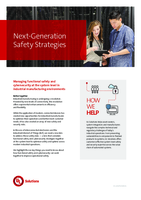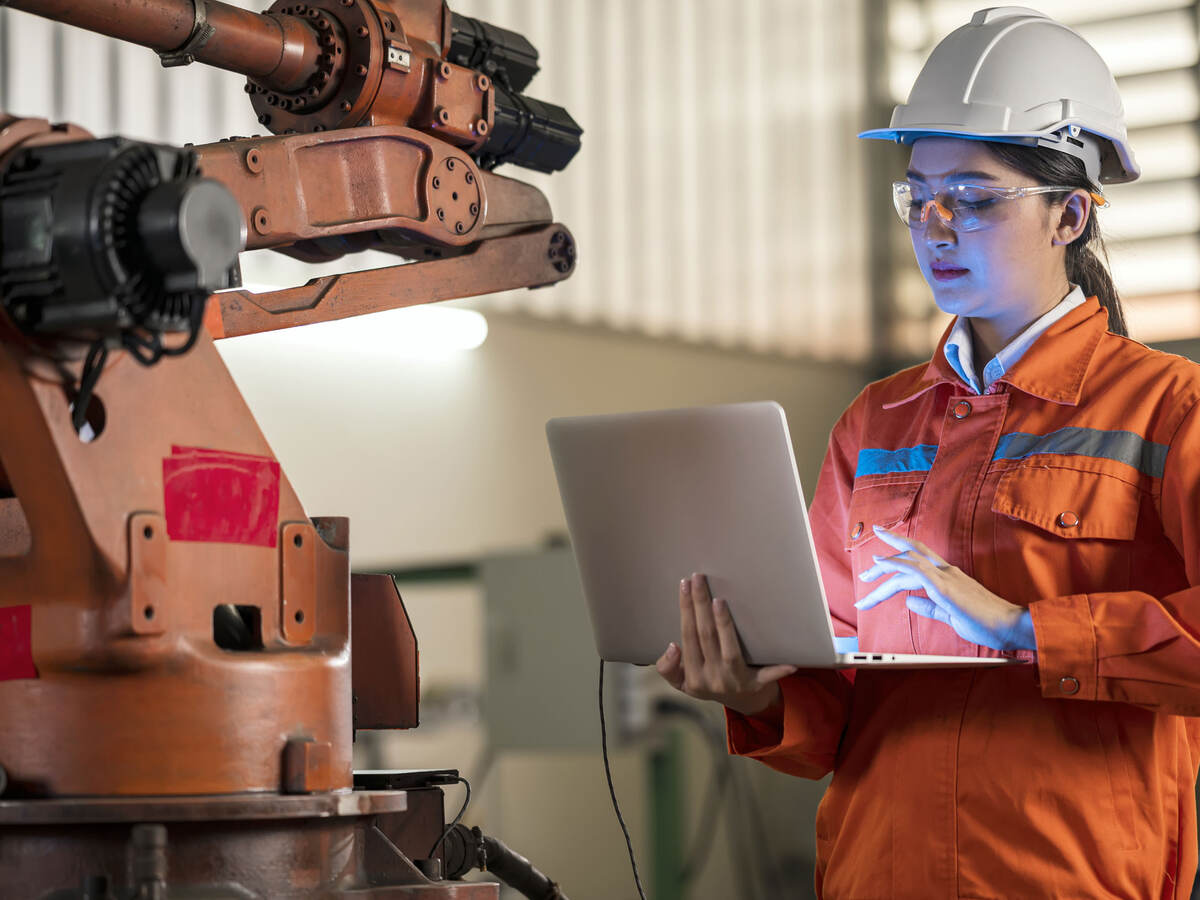
Next-Generation Safety Strategies - Integrating Cybersecurity and Functional Safety
Learn how managing functional safety and cybersecurity at the system level in industrial manufacturing environments can improve operational safety.

Industrial manufacturing is undergoing a revolution. Powered by new levels of connectivity, this revolution offers exponential enhancements in efficiency and flexibility.
While the application of modern, connected devices has created new opportunities for industrial manufacturers to optimize their operations and better meet customer needs, it has also created an array of new safety and security risks.
In this era of interconnected electronics and the Industrial Internet of Things (IIoT), we need a new lens to address these safety risks — a lens that considers functional safety and cybersecurity strategies together at the system level to optimize safety and uptime across modern industrial operations.
We highlight the six key things you need to know about how functional safety and cybersecurity can work together to improve operational safety.
You can’t think about safety and vulnerability on an individual component level. It’s important to consider the role each will play in the interconnected system.
Each separate component may have separately undergone thorough testing and certification, but what happens once it integrates into the wider operating environment? Connecting industrial machinery parts and devices creates new sets of risks. By adopting a system-level approach, functional safety and cybersecurity can more effectively model and assess the impact of installation. Consider all the information coming into each device and all the information coming out of it, as well as the devices’ interdependencies. Multiple elements combine to create new interactions, and these different functionalities generate different responses that require both identification and evaluation.
The systems integrator plays a key role in this respect. Broad knowledge of available technologies is essential for integrating different interfaces successfully. Good products that are poorly integrated at the system level introduce weak points. This negatively impacts both safety and security, as well as overall factory performance.
Your system is only as safe as its weakest link. By establishing a system-level view that reflects hyperconnectivity, industrial operations can better identify potential risks and vulnerabilities early on and make adjustments. This lowers the risk and reduces the need for remedial work later on.
Industry 4.0 operates on connectivity. Whether they’re fully automated industrial processes or the specific devices controlling individual cobots, electronics underpin enhanced functionality, efficiency and safety.
Within this cyber-physical system, a functional safety strategy must evaluate potential dangers arising from system malfunctions. At the same time, these connected devices now face malicious security threats. This is where the need to think about functional safety and cybersecurity together optimizes the safety and security of your operations. Downtime due to a distributed denial of service (DDOS) or an electronics failure may have the same outcome in terms of health and safety — just a different cause.
Functional safety and cybersecurity can work together to address and prevent these failures more effectively. Establishing a process that integrates functional safety and cybersecurity considerations from the outset lends momentum to the drive toward a common architecture. It’s about looking at what functionality you desire, creating the architecture to achieve that, then systematically evaluating the risk at each stage, whether that’s through external attack or internal malfunction. At both the implementation and operation stages, security controls must never prevent the execution of safety functions.
Thanks for your interest in UL's products and services. Let's collect some information so we can connect you with the right person.